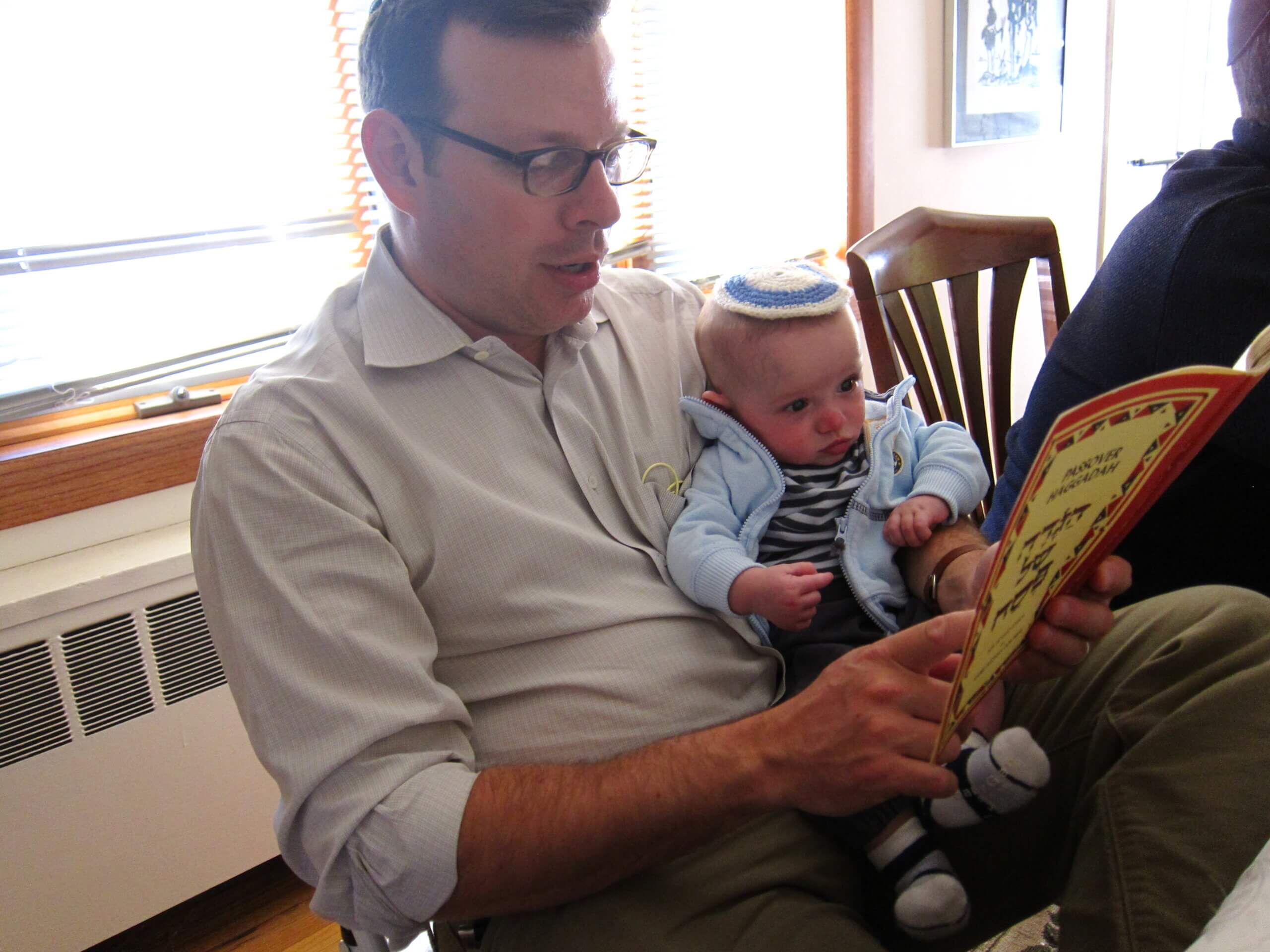Rabbi Abraham Joshua Heschel once articulated the need to exist in two realms simultaneously: the tangible and the ineffable—beyond our comprehension. Few things disrupt this equilibrium more profoundly than a life-threatening medical verdict.
Upon learning of our son Nadav’s severe heart condition at birth, I was thrust into the abyss of uncertainty. Rather than eroding my faith, this ordeal reshaped its very essence.
Growing up in Brooklyn, faith in God held less significance in my family than a strong sense of heritage. My parents, raised in Orthodox traditions in Australia and New Zealand, outwardly assimilated but inwardly clung to their roots. Our Orthodox synagogue visits remain etched in my memory—my father bantering with friends at the back of the men’s section, the rabbi punctuating the air with emphatic knocks on the bima.
Connecting to Ancestral Roots through Prayer
Clutching a prayer book adorned with intricate Hebrew characters, I often deferred my religious duties to the murmuring men around me, flipping pages to catch familiar tunes. While the prayers’ meanings occasionally eluded me, they served as a link to my forebears. Amidst the communal energy, I transcended the linguistic barriers to find solace in our shared heritage.
Years later, when confronted with our infant son’s dire heart condition, we drew strength from this collective legacy. We bestowed upon him an additional name, Moshe, in homage to my wife’s grandfather—a partisan who valiantly fought Nazis in the Belarusian forests. Just like his namesake, Nadav’s odds of survival appeared bleak.
Engaging with the community of heart patients and their families exposed us to unfamiliar customs colored by references to “blessed” warriors and departed angels. Initially cautious of embracing these new beliefs, we found it hard to resist the outstretched hands of support.
Embracing Unfamiliar Traditions and Symbols of Hope
Witnessing a young girl’s triumphant recovery from a challenging surgery left a lasting impression. Her exuberant cousins distributed embroidered angels to all in the ward upon her discharge. Though not native to our practices, we hung one on Nadav’s IV pole. As he eventually left the hospital, the angel accompanied us home—a symbol of hope and solidarity.
Nadav underwent three heart surgeries before the age of 4. While I refrained from attributing their success to divine intervention, I offered a heartfelt blessing before each procedure. The same blessing my Australian grandmother softly intoned during our Shabbat gatherings, her touch gentle yet firm.
A Multifaceted Tapestry of Faith and Resilience
Following his third surgery, we embarked on a journey to introduce Nadav, along with his twin Yaniv and elder brother Gilad, to our extensive Australian relatives. However, the trip took a harrowing turn when Nadav developed a blood clot, necessitating a 14-hour emergency operation in a foreign land.
In a moment of despair, our Hindu cardiologist, physically distant yet emotionally present, expressed her prayers for Nadav’s well-being. When asked about her choice of deity, she unequivocally named Hanuman—the monkey god renowned for his protective stance, akin to our son’s vulnerable state.
Placing Hanuman’s image above Nadav’s bed, I sought a connection to familiar faces amidst the unfamiliarity of our surroundings. This gesture, though symbolic, provided a semblance of comfort and strength in our darkest hour.
A Tapestry of Faith and Unity Amidst Adversity
Despite being intubated and sedated in the ICU for weeks, Nadav’s condition stabilized, allowing us to settle into a routine far from home. The juxtaposition of Hanuman’s image with that of Australian rugby player David Pocock sparked intriguing conversations, highlighting the diverse tapestry of faith and resilience surrounding us.
Navigating the complexities of grief and mourning following Nadav’s untimely passing, we found solace in age-old Jewish customs and the unwavering support of our community. Amidst the rituals and traditions, a profound sense of unity emerged, transcending religious boundaries.
Drawing Strength from Diversity and Unity
Returning to work at The New York Times after the mourning period, I was humbled by the outpouring of support from colleagues, some of whom I had never met. Their gestures of solidarity, including offering to organize a minyan for the Mourner’s Kaddish, underscored the power of communal empathy and shared humanity.
Reciting the ancient prayer in the company of compassionate companions not only connected me to my Jewish heritage but also highlighted the universal themes of resilience and solidarity that transcend religious affiliations. In times of profound loss and grief, it is the collective heartbeat of humanity that sustains us, uniting us in our shared experiences and struggles.
